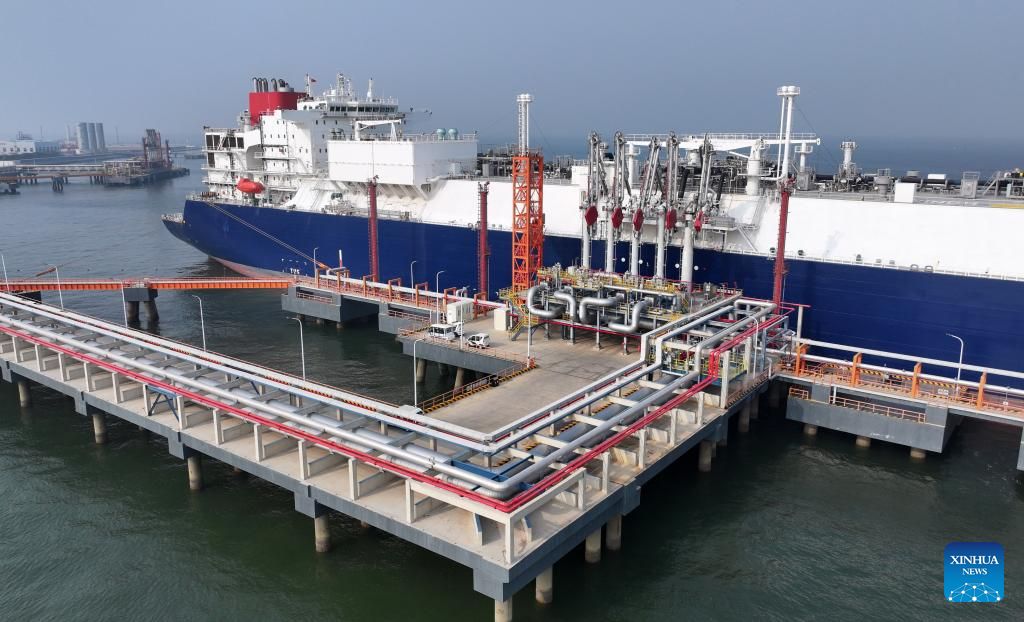The US-China trade war has just taken a new turn when Beijing announced retaliatory tariffs on crude oil, LNG and coal imported from the US. Although China’s US energy imports are not very large, this move could cause serious disruptions in global trade flows and impact oil and LNG prices in many regions.
Starting February 10, 2025, China will officially impose a 15% tariff on US LNG and a 10% tariff on crude oil imported from the US. This is a response after the Trump administration imposed an additional 10% tariff on all goods imported from China.
However, analysts say the direct impact of this tariff on the US will not be large, because US oil accounts for only 1.7% of China's total oil imports in 2024, down from 2.5% in 2023 - according to Chinese customs data.
US LNG has accounted for just 12% of China's total LNG imports in recent months, according to data from Kpler.

However, the indirect impact on the global energy market is more worrying.
The new tariffs will make US oil more expensive, forcing Chinese importers to turn to other sources such as the Middle East and West Africa. This could have some major consequences.
One is that the light and sweet crude market will tighten. US crude is mainly light and sweet crude, and when China reduces its purchases, it will look for alternative sources from West Africa or the Middle East, causing oil prices in these regions to rise.
Second, shipping costs will increase. Shifting supplies from the US to the Middle East or West Africa means changing shipping routes, leading to higher freight and insurance costs.
Russia, for its part, could benefit indirectly. Despite being under sanctions, it can still export oil to China through unofficial channels, or through intermediaries such as India.
The impact of tariffs on the LNG market will be larger than that of crude oil. China has several long-term contracts with US LNG exporters for deliveries from 2025-2027, but currently most of the LNG from the US to China is short-term contracts on the spot market.
With a 15% tariff, spot trades of U.S. LNG are hardly attractive. China is looking to swap U.S. LNG cargoes with Asian and European buyers, according to Bloomberg.
This could lead to disruption in the Asian LNG market, as countries like Japan and South Korea could take back US cargoes that China has rejected.
US LNG is losing long-term customers as Chinese companies are reluctant to sign long-term contracts with the US amid an escalating trade war. This will make it difficult for new US LNG export projects, which need long-term contracts to secure financing.
“These tariffs directly undermine efforts to expand US energy exports and weaken our geopolitical influence,” said Charlie Riedl, CEO of the US LNG Center.
President Donald Trump is also considering imposing tariffs on Mexico, Canada, and possibly the European Union (EU).
If this happens, global economic growth could slow, leading to a decline in demand for oil and LNG.
The energy market could enter a period of high volatility, as suppliers and importers must constantly adjust their strategies to adapt to new tariff policies.
When the world's two largest economies confront each other, the consequences are not limited to the US-China scope but also have a chain effect on the entire global energy market.











